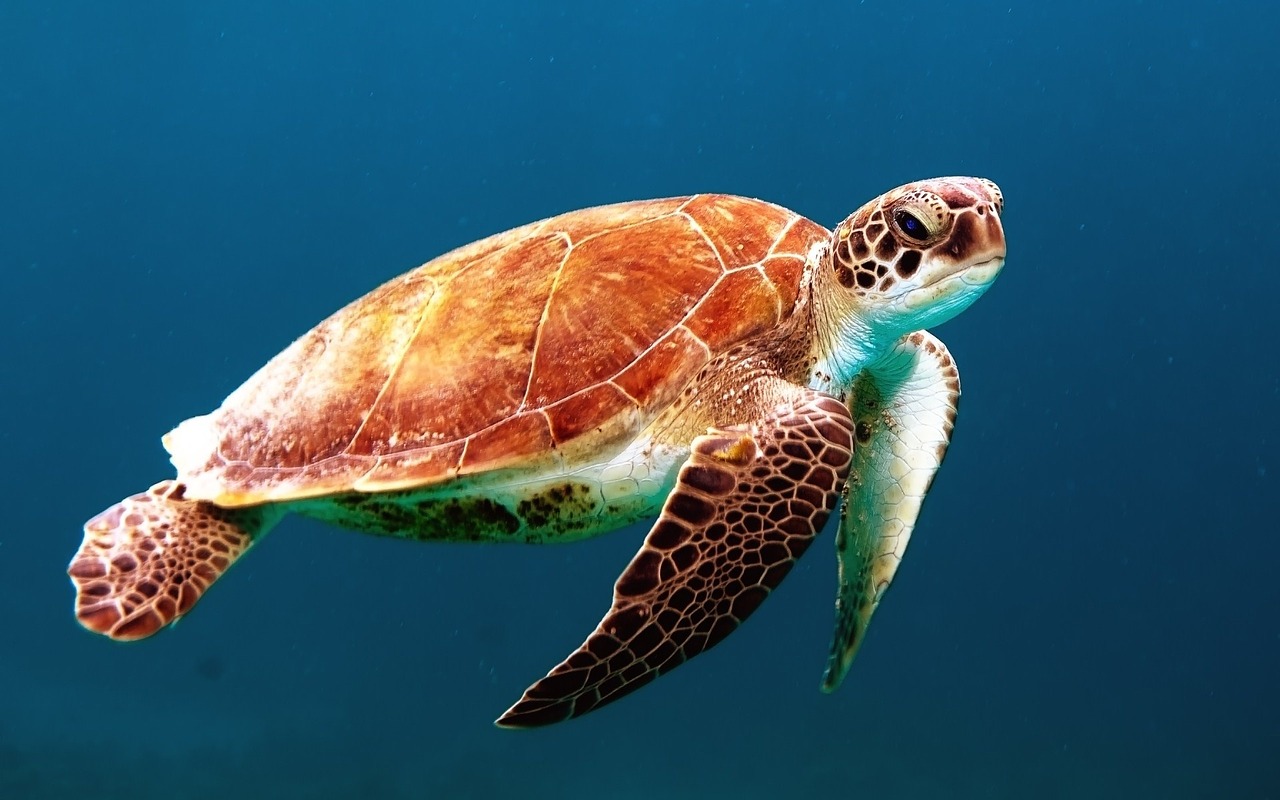According to a report from The Guardian, New Zealand will be creating a marine protected area that will encompass an area of around 620,000 square kilometers (240,000 square miles). The ocean sanctuary, to be called Kermadec after the small island arc that it will cover, will be one of the most iconic fully protected ecosystems on the globe, according to a statement made by John Key, the prime minister of New Zealand.
The Kermadec ocean sanctuary will be located in the south Pacific Ocean, just 1000 km to the north east of New Zealand. It will be an expansion of the already existing marine reserve that currently includes the Kermadec Islands. The new ocean sanctuary will be comparable in area to the size of France, says an article on Newsy. While New Zealand is already home to several marine protected areas, the size of this one will outrank any of the others by a wide margin, at twice the size of the country’s land mass.
The area is extremely important in the context of biodiversity, as it is home to almost thirty five species of whales and dolphins, as well as 150 types of fish and three of the seven sea turtle species in the world. The location also carries a great deal of geological significance, as it features the second deepest ocean trench in the world, which at ten kilometers deep spans a depth greater than the height of Mount Everest. Also located there is the longest chain of submerged volcanoes in the world.
The Kermadecs is a world- class, unspoiled marine environment and New Zealand is proud to protect it for future generations…New Zealanders value our coasts and oceans, which are an important part of our culture, economy and environment and we are committed to managing them sustainably.
Fishing for commercial and recreational purposes will be banned completely in the area, in addition to exploration and mining, and oil, gas and mineral prospecting. The government of New Zealand will make sure that these restrictions are observed and enforced by using its navy and satellite technology in order to make sure that no fishing, mining or oil exploration takes place.
New Zealand’s environment minister, Nick Smith, stated that the sanctuary might effect a cost on the mining industry. However, he concluded that the importance of protecting the ocean trumps the occurrence or perceived necessity of an exploration. New Zealand plans to begin putting legislation in place for the sanctuary by October 2016.
























